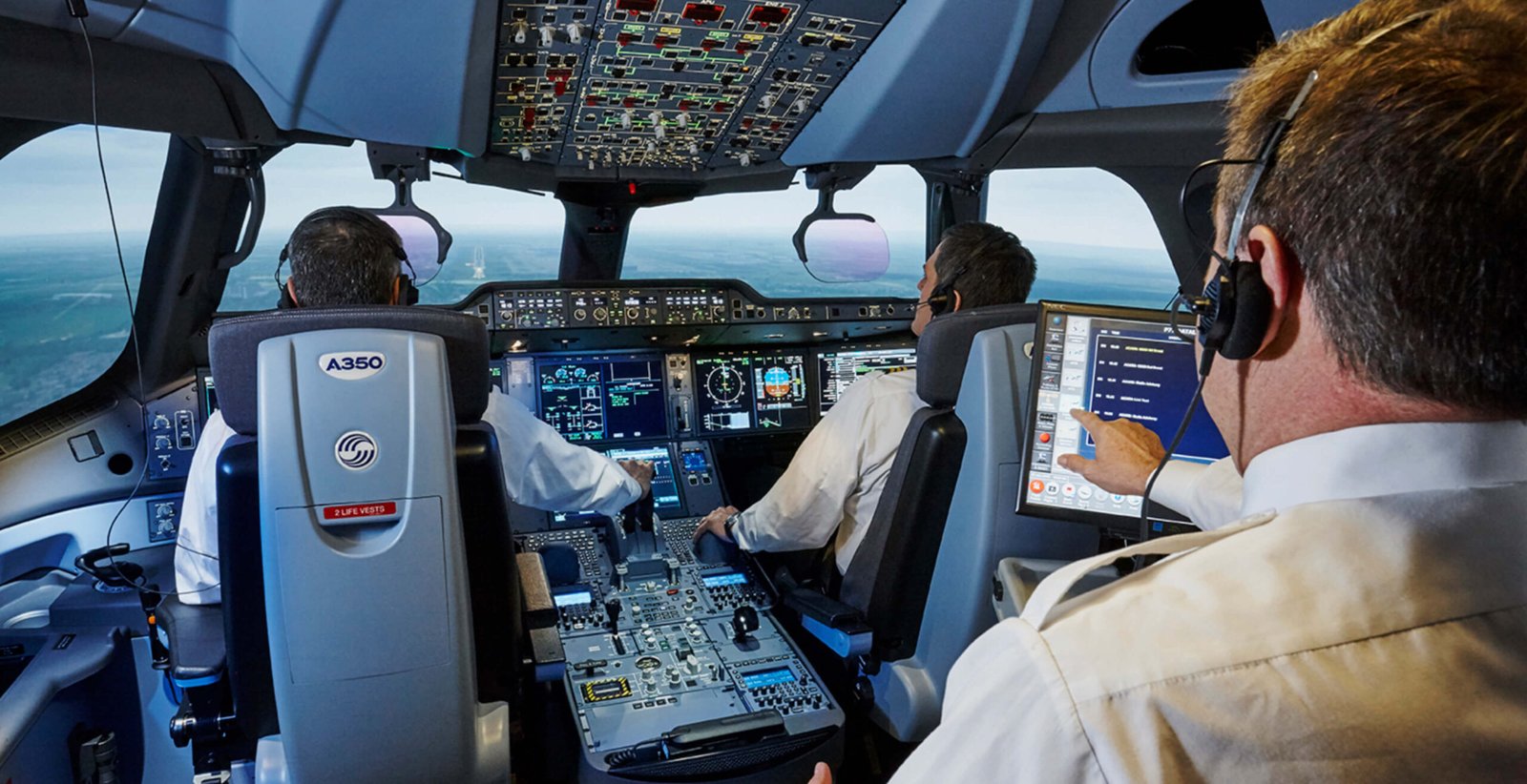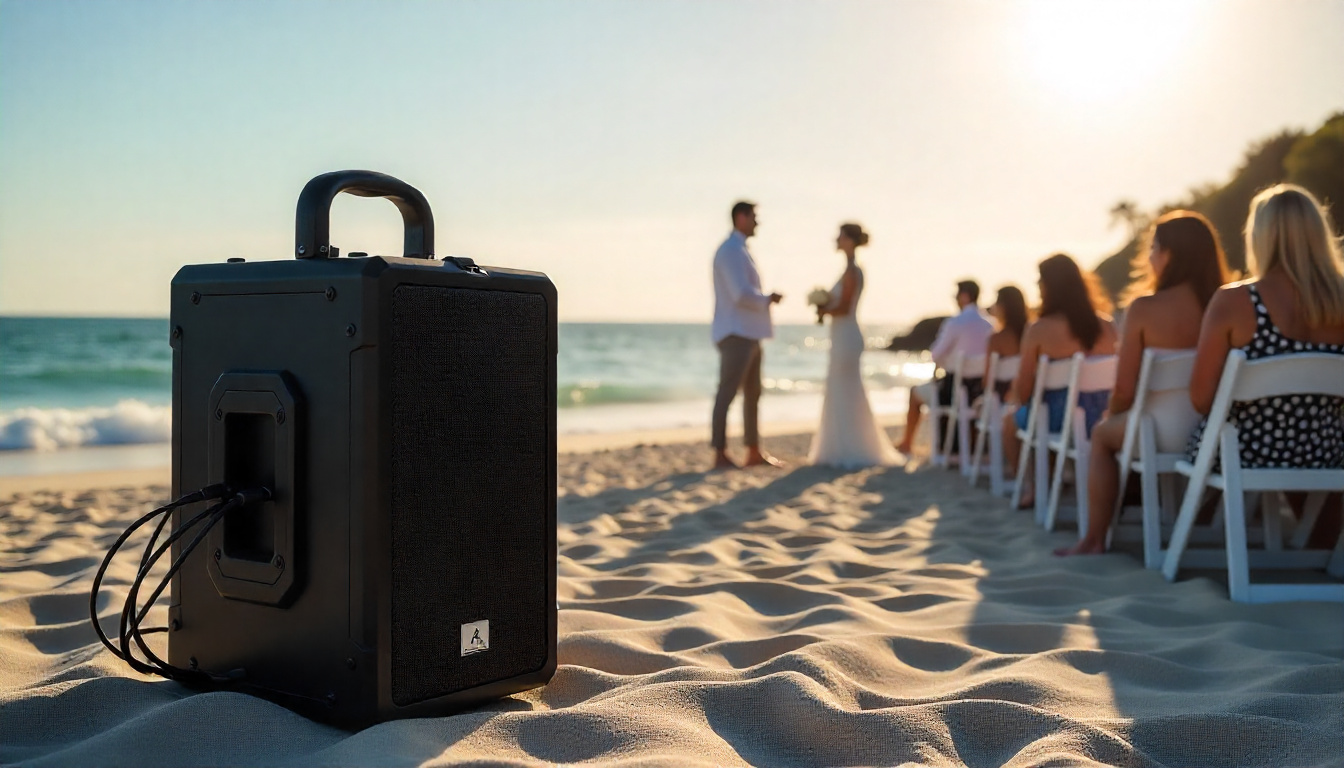The path to becoming a pilot is thrilling. Although it may appear like only experts can fly an airplane, anyone can learn to do so with the correct instruction and commitment. One key part of this journey is flight simulator training. However, many parents and students frequently question whether this training is sufficient to become a licensed pilot. Let’s examine the response in plain language.
What Is Flight Simulator Training?
A unique device that mimics the appearance and feel of an actual airplane is used for flight simulator training. The purpose of this tool is to teach kids how to fly without really being in the air. Real airplane controls, sky and weather panels, and software that replicates actual flying conditions are all included in the simulator.
Beginners can benefit much from this kind of training, which is both safe and reasonably priced. Without taking any risks, students can learn how to take off, land, and deal with challenging circumstances like inclement weather or system breakdowns.
Why Flight Simulator Training Is Important
There are many reasons why flight simulator training is a big part of pilot education:
- Safe Learning Environment: New students can practice flying without worrying about crashes or accidents. Mistakes in the simulator become learning moments, not emergencies.
- Repeat Practice: In a simulator, students can repeat the same flight or situation many times. This helps improve skills faster.
- Emergency Practice: Simulators help train pilots on how to handle problems like engine failure or strong winds, which are hard to practice in real life.
- Weather Control: In simulators, instructors can change weather conditions to train students for all types of flying, from clear skies to thunderstorms.
- Cost Saving: Flying a real plane is expensive. Simulators reduce some of that cost while still offering strong training value.
What Simulators Can’t Do
While flight simulator training is powerful, it is not enough on its own to become a pilot. Here’s why:
- No Real-World Experience: Simulators feel real, but they aren’t. Real flying includes factors like sudden air movements, real-time pressure, and the responsibility of flying an actual aircraft.
- Physical Forces: In a simulator, you don’t feel the forces that affect an airplane in flight, like turbulence or the push during takeoff.
- Communication Practice: Talking to Air Traffic Control (ATC) is a big part of flying. While simulators help a little, real-time ATC experience is best learned in the sky.
- Flight Hours Requirement: To earn a license, a student must complete a certain number of real flight hours in the air. Simulators don’t count fully toward this requirement, only partly.
What Else Is Needed to Become a Pilot?
To become a pilot, a student must:
- Join a certified flying school
- Learn theory subjects like navigation, weather, and aircraft systems
- Complete real flying hours with a flight instructor
- Pass the written and practical exams
- Undergo physical and medical checks
In most countries, flight simulator training is combined with real flying lessons. This mix gives students strong skills and confidence.
Types of Simulators in Pilot Training
There are different levels of flight simulators:
- Basic Training Devices – These are used for beginners and teach simple flying controls.
- Advanced Flight Training Devices (FTDs) – Used for more complex lessons.
- Full Flight Simulators (FFS) – These are the most realistic and are used by commercial airlines to train their pilots.
The better the simulator, the more it helps in learning. But even the best simulator cannot replace flying a real plane.
What the DGCA and Flying Schools Say
The Directorate General of Civil Aviation (DGCA) in India permits simulator training as a component of pilot training. However, it is only permitted in specific situations, such as emergencies or instrument flying practice. The remainder needs to be completed in an aircraft that has been certified.
Flight simulator training is a component of the curriculum at flying schools in India that provide a commercial pilot course. However, in order to obtain a license, pupils still need to acquire real-world flight hours. You learn how to operate the aircraft in real-world situations from these actual flights, which simulators cannot accurately replicate.
Conclusion
Training in flight simulators is a crucial component of becoming a pilot. It speeds up learning, keeps pupils safe, and improves their ability to deal with various circumstances. However, it cannot replace a real flying experience. To become a licensed pilot, especially in a commercial pilot course in India, students must combine simulator training with actual flying hours, theory classes, and flight tests.
Therefore, flight simulators are only one part of the process, even though they are an excellent method to get started and practice. You have to really fly if you want to become a pilot.













Leave a Reply